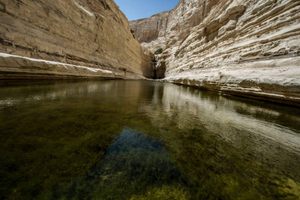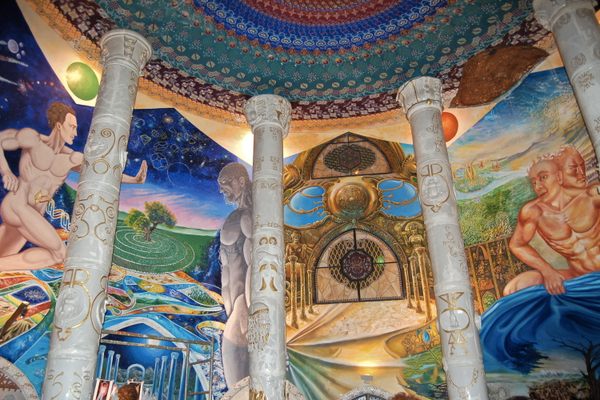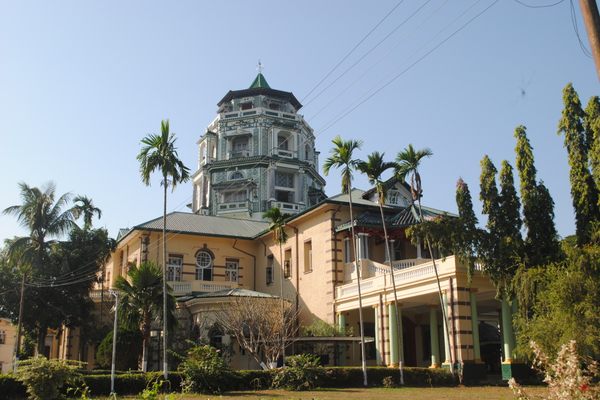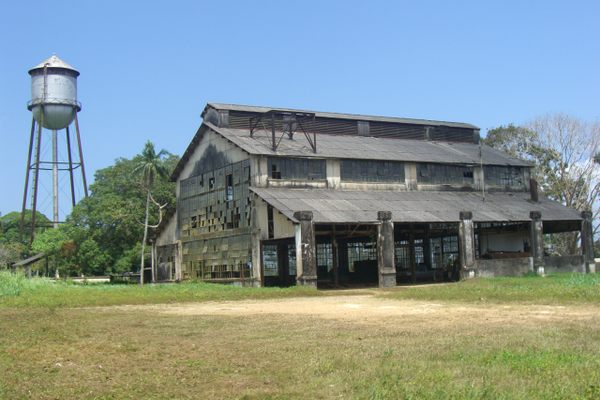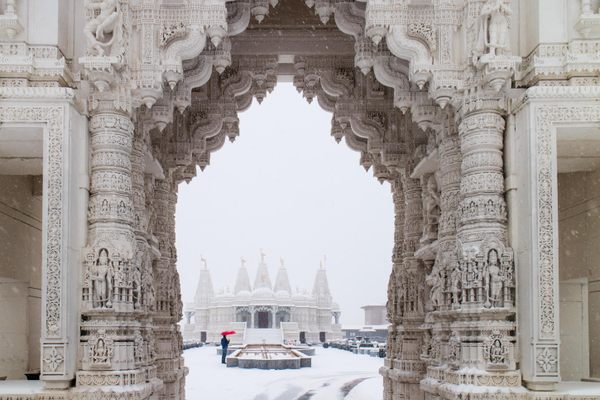About
For hundreds of years beginning in the 3rd century BCE, great camel caravans trekked between the shores of the Arabian Peninsula to the Mediterranean port of Gaza carrying huge quantities of spices and incense. Led by the Nabateans, an ancient Arab culture that grew rich from the trade until it was eventually conquered by the rapidly expanding Roman Empire, the spice route was famous for fueling the desires of the very empire that would eventually destroy it.
Khan Saharonim is the remains of a caravanserai, a roadside inn where the travelers would rest and recover from the day's arduous journey before continuing on. The ruins clearly show that this was one of the stops along the spice route where dozens would gather and camp together and regroup before moving forward in an effort to protect themselves from bandits hiding out in the desert.
The Khan was built before the end of the 1st century CE. Measuring 45 meters by 45 meters, the outline of the main structure can still be seen in the ruins. Surrounding it, a courtyard that, in turn, was surrounded by a series of individual rooms. This site was chosen by the Nabateans because the main source of water along the entire route was only 100 meters away. Today, though, the water no longer flows. Experts suspect that a recent earthquake is responsible for stopping the water's flow. At night, animals gather in the area and dig to reach the water just below the surface.
The remains of Roman signposts suggest that the Khan was used even after the Roman Empire conquered the Nabateans in 106 CE.
Related Tags
Community Contributors
Added By
Published
January 4, 2011







